Содержание
By now, team members have figured out a strategy for working together. The internal competitions prevalent at the storming stage have been rooted out. Each team member’s roles and responsibilities are also clear. As a result, the team works more efficiently because members understand what’s expected of them and know how to share their ideas and seek feedback. During the first meeting, team members also learn their roles and what’s expected of them as they work towards attaining the shared goal. Ground rules that will govern the team get outlined at the forming stage.
Stages of Group Development – City of Boise
Stages of Group Development.
Posted: Thu, 12 Sep 2019 19:29:47 GMT [source]
This results in confusion when different behaviours are evident and conflicts can arise with the potential for factions being created within the team. They start to work through their differences and come up with solutions that benefit each other. They eventually start to understand how each person works best and how they can support one another’s efforts toward a common goal. Team members tend to be more polite during this stage since they’re learning how to work together effectively. But, there’s still a tendency to revert to their old behaviors when under stress or pressure. The final stage is marked by high productivity and enthusiasm.
When everyone knows what their role is and how each person contributes to the team, it makes it easier to work interrelatedly and achieve their goals. Interns prepare reports on their experiences, highlighting the best and worst tasks. The facilitator also reports the general overview of interns’ performances, aspects they need to improve, and areas to keep up the good work. The group leads meet to discuss how their group members have been struggling with some of their tasks. They decide to have meetings with group members to map out the best schedule that works for most people. For more advice, check out these lists of team building books and team building tips.
Performing Stage
He said that this is the path that most teams follow on their way to high performance. He later added a fifth stage called https://globalcloudteam.com/ “Adjourning” (also called “Mourning”). Thus, there are five stages in the Tuckman Ladder model of team development.

The project environment starts to get normal after the turbulence it faces in the storming stage. Storming stage is marked by lack of participation, resistance, conflicts, disagreements, high emotions among the team members. There are high chances that disagreements may arise between team members in this phase.We already saw that, in Forming stage team members tend to be independent and less open.
Want To Do Team Building Online?
As the name “Forming” suggests, this stage represents the formation of the team. Get the foundational knowledge on creating an employee recognition program that boosts employee engagement and helps them feel valued. By signing up, you agree to our terms of service, privacy policy and to receiving marketing communication from Toggl Track. When you lead a group, part of your responsibility is to observe. Study how the team functions as a unit and individually.
Everyone is on the same page and driving full-speed ahead towards the final goal. When each stage carries through successfully, the entire group will be more in sync and functional. No member of the team will be afraid to ask questions, raise concerns, or propose new ways of performing tasks. Team members usually play to their strengths and help each other out, thereby enhancing teamwork and cohesion in your organization.

Each team’s performance depends on how well its members cooperate and how effectively its leaders support its members. To excel, teams must undergo multiple stages of development. Experts occasionally refer to the process as Tuckman’s stages of group development, the group development process, or the five stages of team building.
Establishing ground rules from the get-go ensures they get followed as the group moves from one stage to the next. A critical rule to emphasize is that team members should always listen to each other and feel free to consult and raise concerns. No idea is too stupid to raise, and no question is too silly to ask.
Address the process, problems, and level of productivity of each. We know that respect is the foundation of team building. TheIntégro Leadership Institutesaw a connection between their trust model and Tuckman’s Model of Team Development. They combined theireight values of trustand Tuckman’s four phases of development to better identify how teams can move from one level to the next. Not only in project management, take any area of work, a team formed to do some work, may not be, mostly will not be, effective from day 1.
Stages Of Team Development And How To Implement Them
This stage aims to acknowledge accomplishments while bringing closure to the team’s work. Activities include; a vision evaluation board, discussions on lessons learned, and suggestions on how to apply skills. Here, the team starts working together as a unit, and the group dynamic works for everyone involved.
- That’s particularly for new teams because members need to get acquainted with each other first before they start to work towards the common goal.
- Team building is a process that creates an environment in which team members can work together more effectively.
- Here, the team starts working together as a unit, and the group dynamic works for everyone involved.
- Ultimately, everyone is working towards a common goal.
- Mourning because team members are paring after forging deep relationships during the project and celebration for a job well done.
Take a step back and allow the team to become self-directing. Be there for them and continue your coaching role with both team and individuals. Allow individuals to take on leadership roles and encourage rotation of roles. Here, the team members present their results to stakeholders for review or approval. As the work reduces, managers can take team members off tasks or delegate them to new ones. It’s also vital that teams discuss what went well and what could be improved on for projects in the future.
Problems and conflicts still emerge, but they are dealt with constructively. The team is focused on problem solving and meeting team goals. A recent study by Wiley Workplace Solutions found that 80% of employees are on two or more teams and that individuals spend nearly 60% of their time working in groups. Since teams are becoming increasingly cross-functional, it creates a need for efficient, practical, and universal solutions to build a team culture in short amounts of time.
The team has a shared vision and can function without the leader’s interference. It’s here that the group has learned how to resolve conflicts when they arise, and if changes need to occur, they’re implemented well. Building high-performing teams can be challenging, especially as employees are first learning to work alongside people with opposing work styles. However, when leaders are dedicated and supportive, and teams can unite around a common goal, success is inevitable. The five stages of team development are forming, storming, norming, performing and adjourning. An organization is only as strong as the teams it creates to handle various projects.
Bruce Tuckman’s Stages Of Team Development
Team development helps employees bond and unite around a common cause. When team members know they can depend on each other, they’ll feel supported—which will result in a happier work environment and increased employee satisfaction. Well-developed teams know each other’s strengths and skill sets and are more confident in one another’s abilities. When team members trust each other to make the right choices, they’ll be more likely to work together to face challenges and develop new solutions.
Frustration, annoyance, and anxiety tend to arise as a result. Team members need to learn to use conflict positively so that it doesn’t slow or hinder their progress. The imposing personalities in the team will become evident at this stage, especially when members start to share ideas openly. Those who stand out start to get accepted by their peers as potential leaders. Team leaders should implement measures for managing competition and potential conflict among members.
Often called Tuckman’s stages of group development, this framework has, over time, been beneficial for both individuals and organizations. Identify the stage of team development that your team is at. Whether hiring new employees or choosing people for a specific project, it’s important you bring in people with different backgrounds, skill sets and work styles. While it might seem easier to develop a team when everyone is similar, success often requires a variety of approaches and ideas.
With Toggl Track, team members can track the work that they do. This is especially useful if you have stages of team development some people that are working remotely. Each person plays a part and has something to contribute.
Tuckman Ladder Model Stages Of Of Team Development
Nonetheless, few share the same attitude and orientation. When you have been on a team, how did you know how to act? How did you know what behaviors were acceptable or what level of performance was required? Teams usually develop norms that guide the activities of team members. Team norms set a standard for behavior, attitude, and performance that all team members are expected to follow. Instead, all the team members implicitly understand them.
Each person in your group holds some value, otherwise they wouldn’t be there, right? Without them, no one will know what is considered acceptable behavior. Groups without rules are disjointed, prone to conflict and inefficient. Toggl Track is the time tracker that can slot into any team’s workflow. Get crystal-clear insights into what your team members do with their time and see which team members are overworked, and which ones can take on more. The fourth stage is the one that all groups strive to reach.
This is when the leader shares the project goals, timeline and each member’s roles and responsibilities. The norming stage of team development is like a months-old couple that accepts each other’s quirks and flaws. Team members adjust to teammate behaviors and devise strategies to overcome differences. Moving beyond initial hurdles, teammates acknowledge the common goal and focus on making significant progress. Psychologist Bruce Tuckman shared the team development process with the world in 1965. The process consists of five stages that teams progress through from the time a leader assigns a project and creates a team, to the point the team completes the assignment and disbands.
Business owners, managers, and entrepreneurs are often viewed as team leaders. In 1977, Tuckman added a fifth stage called adjourning. (Sadly, not a perfect rhyme.) Once a project ends, the team disbands. This phase is sometimes known as mourning because members have grown close and feel a loss now that the experience is over.

